
How to Teach Empathy to Kids
Share
Empathy in kids is a skill – just like learning to read or riding a bike. That means it can be taught, even starting at an early age.
Science backs this up, as empathy isn’t considered an innate or fixed trait. Teaching empathy and developing it over time is possible. In fact, we must teach it to kids, as they might not otherwise learn this skill.
Why is empathy in kids important anyways?
Empathy is a stepping stone to building emotional intelligence. By teaching empathy, we encourage kids to see new perspectives, perceive emotions, get along well with others, and build deep friendships.
Kids with empathy have strong relationships and are able to apply their emotional intelligence to a wide range of situations. In the future, a sense of empathy allows adults to love well, act ethically, and succeed in the workplace.
What does empathy in kids look like?
It’s true, kids say the darndest things. But sometimes kids are unaware that their comments or behaviors negatively impact others. Empathy helps kids consider whether what they’re saying or doing is harmful to those around them.
For example, teaching empathy lets kids better understand others’ feelings. They’re able to perceive sensitivity and regulate their own behaviors accordingly. Overall, they’re aware. They know that cutting in line feels unfair and bullying makes their friends upset.
Teaching empathy means that kids sense the emotions around them. In turn, this helps them build relationships and make good social decisions.
At what age do kids develop empathy?
Developing empathy takes time and it’s normal for young kids to still be working on this skill. In fact, it’s developmentally appropriate, as kids don’t have the cognitive ability for full empathy until 9-10 years old.
In young kids, you may work on teaching empathy for years. Remember that early childhood is a complex time with lots of learning. Empathy is just one skill among others that your kid is learning.
Don’t expect your kid to be highly empathetic overnight, but instead focus on nurturing this skill just like any other. Some kids may be more inclined to be empathic or not, which is ok too. By teaching empathy in kids over time, you’ll notice this skill getting stronger.
How can we teach kids empathy?
Teaching empathy can be done in a variety of ways. In addition to modeling empathy at home and school, you can nurture it with these activities.
1. Use storytelling and books
Walk a mile in a character’s shoes. Talking about characters in stories and books is a great way to pin down their feelings and see things from their point of view. You can even use our digital downloads to help your kid tell social narratives.
2. Model it through play and pictures
Playtime is great for imagining how others feel. You can cultivate empathy by asking questions during play. Pictures are also a good way to make up stories and discuss what the people in the pictures are thinking or feeling.
Shop ThinkPsych Products
3. Identify and describe emotions
Empathy is centered around awareness. The ability to identify and describe emotions is the first step to perceiving them in others. You can nurture empathy by giving your kid space to talk about his/her emotions. Find teaching moments during the day or use role-play social scenarios to open this communication.
4. Embrace diversity
Diversity can foster the sense that everybody is both different and the same. Embrace diversity in the classroom and playground by encouraging relationships with kids of different races, backgrounds, ability levels, sexes, etc. Having diverse toys can also let your kid practice empathy during solo playtime.
5. Encourage, not reward it
Praising empathy is essential, but avoid giving them tangible rewards. The prize for “being nice” shouldn’t be ice cream or a toy, but rather verbal encouragement. This way, empathy develops in its own right, instead of attached to rewards.
6. Create a culture of empathy at home
Your home should be a model of empathy, so that kids pick up on cues. Show your kids they aren’t the center of the world by example. Teaching empathy goes hand-in-hand with helping others, being polite, and listening well. Moreover, you can model empathy by discussing how you feel, which can boost your kids’ ability to describe their own emotions.
Teaching empathy requires patience. But by modeling empathetic habits, you’ll see this skill develop in your kids. Nurturing this skill from an early age is ideal – and easy with the activities we’ve listed above.
After all, empathy is a key aspect of emotional intelligence, which all kids need to grow into caring and mature adults.
Sources:
1. Can Empathy Be Taught?, Psychology Today, https://www.psychologytoday.com
2. Can You Teach Empathy?, BBC Science Focus, https://www.sciencefocus.com
3. 5 Tips for Cultivating Empathy, Harvard Graduate School of Education, https://mcc.gse.harvard.edu
4. How to Teach Empathy, My Plinkit, https://myplinkit.com
5. How to Help Your Child Develop Empathy, Zero to Three, https://www.zerotothree.org
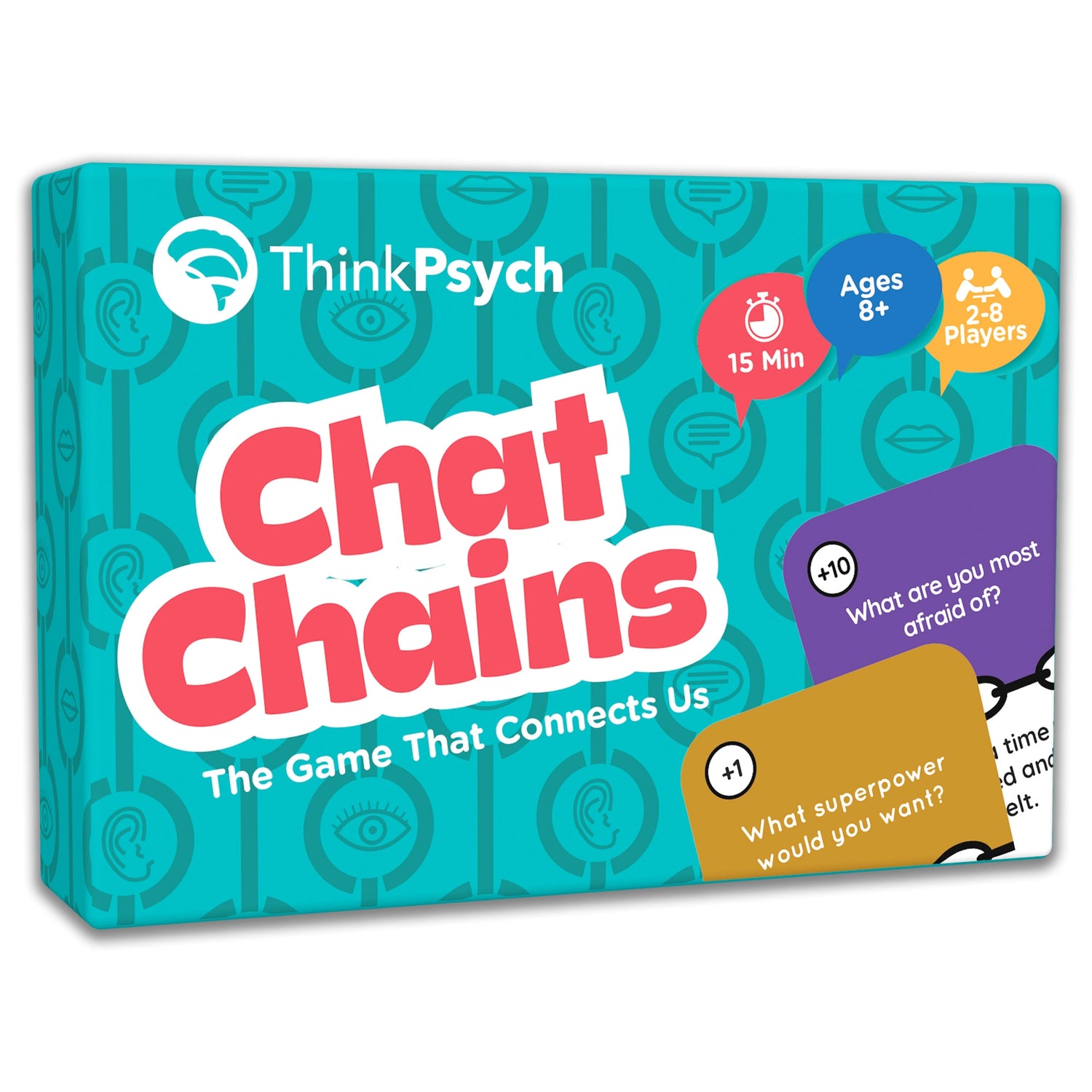

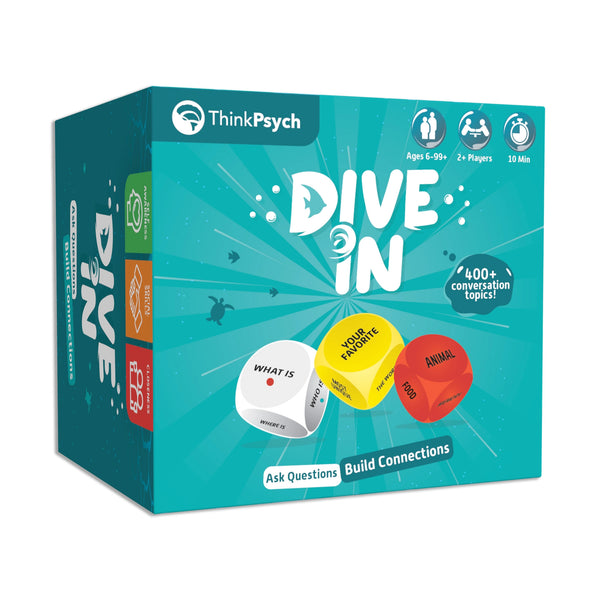
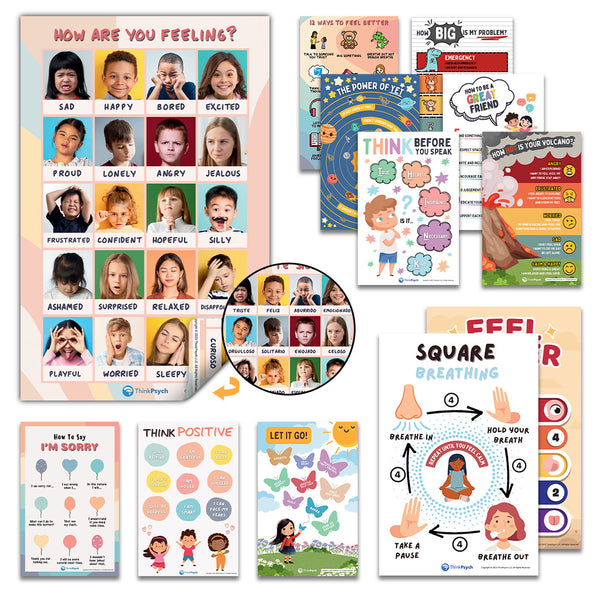
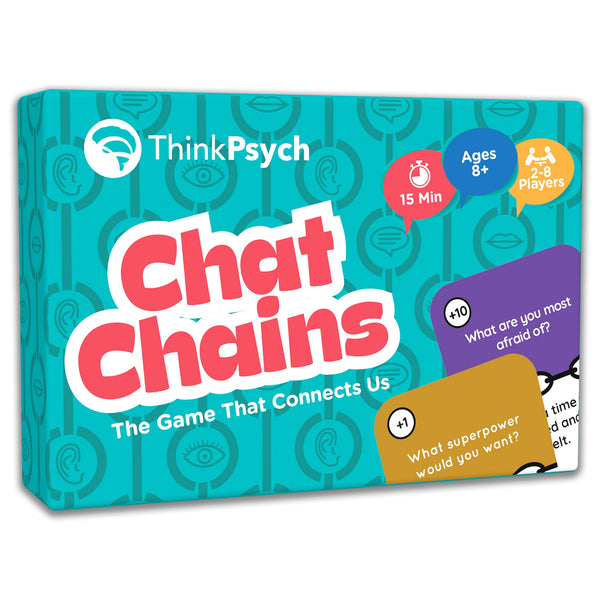
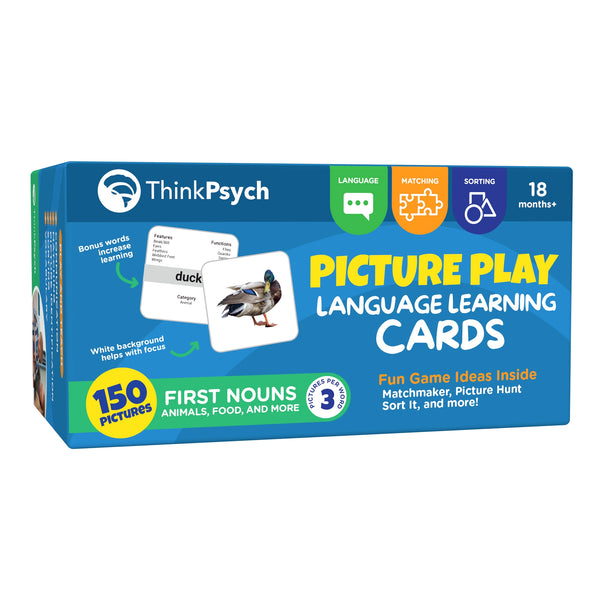


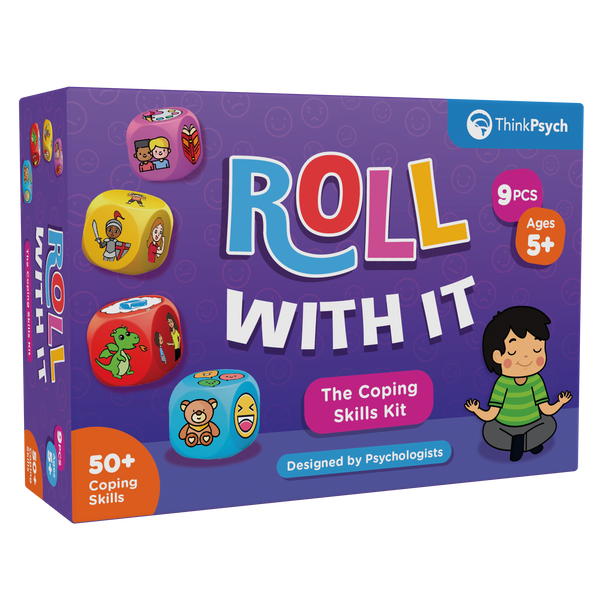

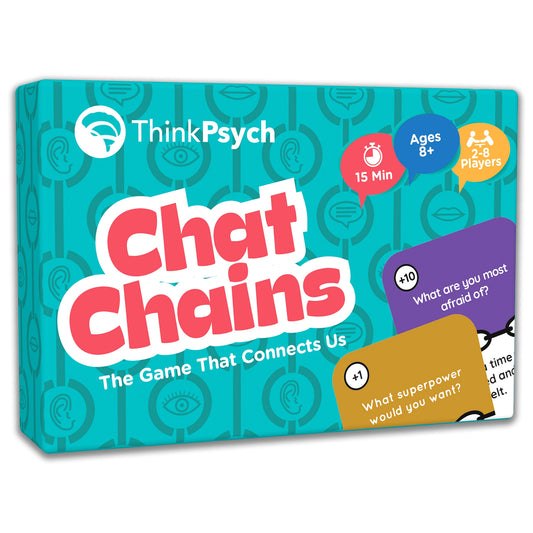
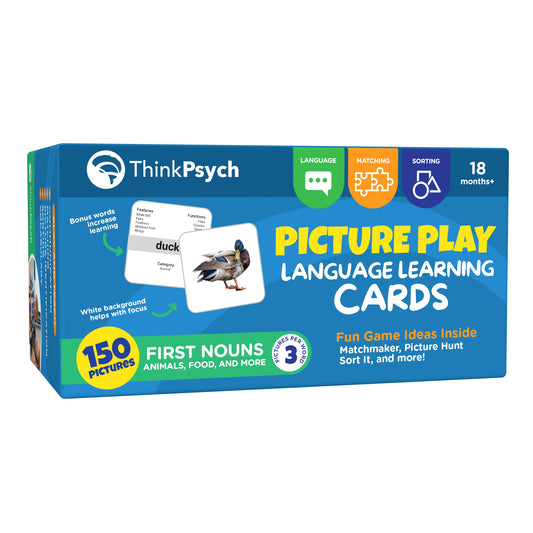
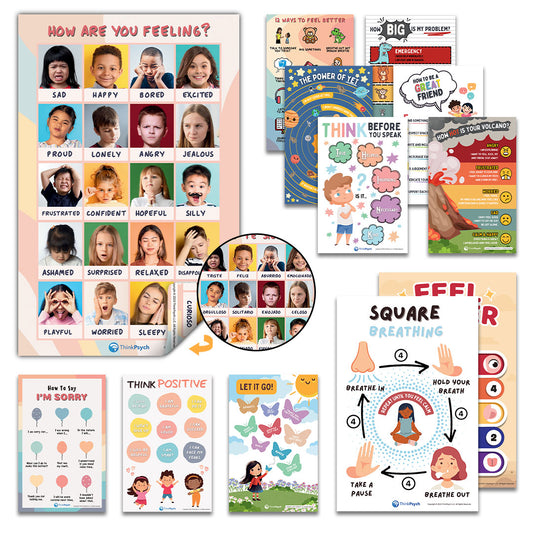
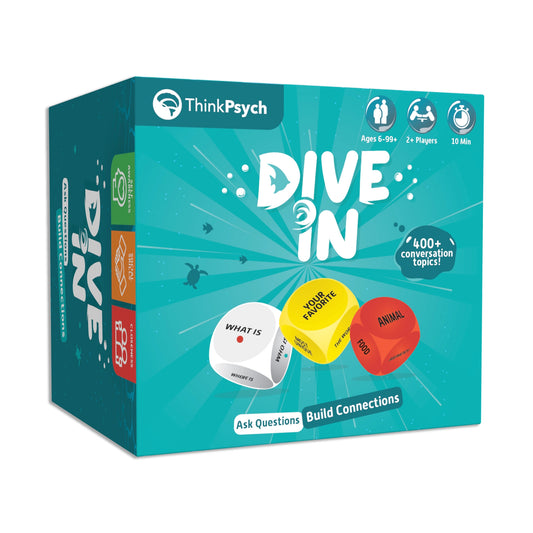
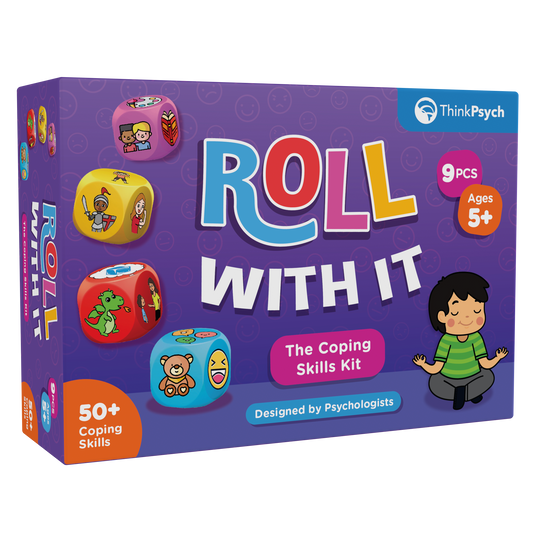


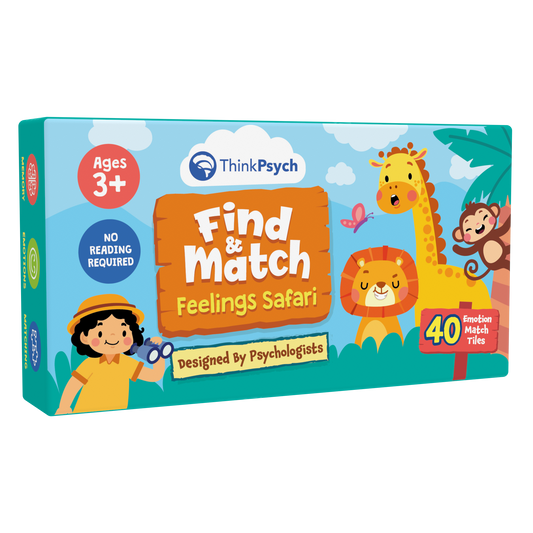
1 comment
Helping others is an essential part of being kind. Being kind, emphatic, and sympathetic is one of the skills which determine a person’s future success, but most importantly, the ability to successfully communicate, socialize and translate ideas to people. So, by teaching kids to help others we teach them so much more. I applaud you for your commitment to teaching kids to be kinder friends and better people. I will definitely implement some of your ideas in my lessons at school.